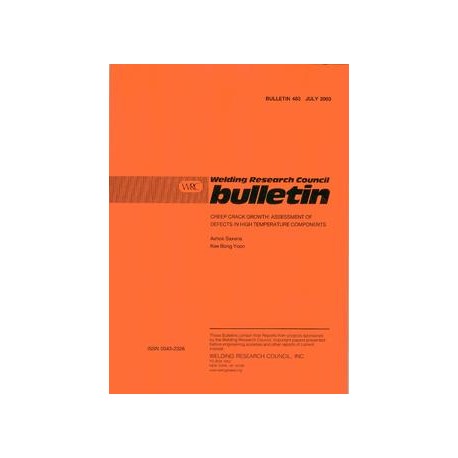Cart 22 Product Products $3,336.90 (empty)
-
 1 x CII FR-371$88.00
1 x CII FR-371$88.00 -
 1 x 2978 --...$6.60
1 x 2978 --...$6.60 -
 1 x UNE-ISO/IE...$44.44
1 x UNE-ISO/IE...$44.44 -
 1 x AS...$15.64
1 x AS...$15.64 -
 1 x BS...$0.00
1 x BS...$0.00 -
 1 x Weldabilit...$66.00
1 x Weldabilit...$66.00 -
 1 x RTCA DO-165$30.80
1 x RTCA DO-165$30.80 -
 1 x CII RS6-10$17.60
1 x CII RS6-10$17.60 -
 1 x UOP 981-10$122.76
1 x UOP 981-10$122.76 -
 1 x AS...$20.29
1 x AS...$20.29 -
 1 x CII RS6-3$17.60
1 x CII RS6-3$17.60 -
 1 x CII RS47-1$17.60
1 x CII RS47-1$17.60 -
 1 x AATCC...$27.28
1 x AATCC...$27.28 -
 1 x IEEE...$44.00
1 x IEEE...$44.00 -
 1 x 2922 --...$6.60
1 x 2922 --...$6.60 -
 1 x CII RS6-7$17.60
1 x CII RS6-7$17.60 -
 1 x AS/NZS...$70.56
1 x AS/NZS...$70.56 -
 1 x API 617...$6.60
1 x API 617...$6.60 -
 1 x JIS Z...$12.76
1 x JIS Z...$12.76 -
 1 x IEC...$5.72
1 x IEC...$5.72 -
 1 x AS/NZS...$36.45
1 x AS/NZS...$36.45 -
 1 x GB...$2,662.00
1 x GB...$2,662.00
No products
To be determined Shipping
$3,336.90 Total
Product successfully added to your shopping cart
Quantity
Total
There are 22 items in your cart. There is 1 item in your cart.
Total products $3,336.90
Total shipping To be determined
Total $3,336.90
New Reduced price!  View larger
View larger
 View larger
View larger WRC 483
M00000559
New product
WRC 483 Creep Crack Growth: Assessment of Defects in High Temperature Components
Bulletin / Circular by Welding Research Council, 2003
A. Saxena, K. B. Yoon
In stock
More info
Full Description
With funding provided by the Edison Electric Institute (EEI), WRC's Pressure Vessel Research Council (PVRC) initiated a program to facilitate implementation of creep crack growth methods in power plant maintenance strategies . This would of necessity involve incorporation of accepted creep crack growth methodologies in Post Construction Flaw Evaluation Codes . An important element of the plan was to establish a network of internationally recognized investigators to work on the project and use that group to gather state of the art information as a basis for developing the proposed practice.Also the group is providing a definitive evaluation of currently used major creep crack growth methods/parameters, identifying the strengths and weaknesses of each and determining the most appropriate for use in power plant applications to be covered . This report covers the procedures developed by Prof. Ashok Saxena and coworkers such as Prof. Yoon over many years . Others included are Japanese, British, and French investigators . This Bulletin is one of a series to provide the archival data used and the latest concepts of the participants, as comprehensively as possible.
It should be noted that creep crack growth, as a fracture mechanics discipline, first introduced over 25 years ago . However, its application to engineering structures has been quite limited . Among the reasons for this situation is the complexity of the subject, difficulty in developing verifiable crack driving forces, limitations of laboratory data in simulating service situations, especially at elevated temperatures and long times (low driving forces), lack of (and understanding of) materials property data by researchers, uncertainties in procedures for extrapolating materials property data and creep crack growth rates, limited validation studies, important cyclic and environmental effects in service, unanswered questions about "incubation" and transient behavior, differences in approaches by international investigators, complexity of the calculations, and importance defining stresses and stress states, among others. With the above concerns in mind, PVRC is confident that a practical set of recommendations can be developed.

